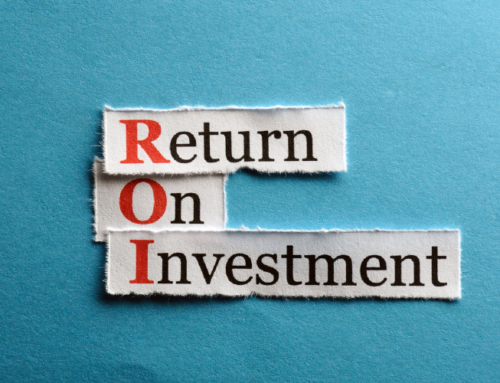The top two goals of each and every marketing strategy are 1) to increase sales, and, 2) to establish a leadership position in the market. It may seem reasonable, then, to view marketing as a long-term asset that builds value over time.
Lately I have seen the opposite. Business owners are using short-term time frames — by month or by campaign — to calculate the cost of a lead, response or buyer. This approach treats marketing activities as transactions instead of investments. As separate, disconnected outputs instead of crucial parts to a larger whole.
For business-to-business sales in particular, many different elements need to come together over a period of months to progress a person from knowing nothing about your company to becoming a repeat customer.
When hunting for marketing ROI, be sure to avoid these common traps along the way, which are sure to skew your perspective and throw you off course.
Viewing marketing and sales as separate entities within a company.
Why it’s a trap: The sales process and the marketing process are not just similar, they are one and the same. Marketing brings volume and efficiency to the table. Sales offers the opportunity to nurture one-to-one relationships.
How to avoid it: Marketing and sales should have defined roles and responsibilities for their contributions to the close of a sale. Take the same analytical approach to both so that marketing can set up a meaningful interaction with a prospect, then throw it over the fence to sales once it is a qualified lead.
Assuming everyone knows the definition of a lead.
Why it’s a trap: By their nature, most marketing professionals consider a lead to be a person who fits a profile and has the potential to need a certain product or service. Most sales professionals consider a lead to be a person who fits a profile and has indicated interest in purchasing the exact product or service your company is selling.
How to avoid it: Define it! And, while you are at it, outline how each player works with leads at each stage of the marketing and sales funnel.
Basing decisions on perceived performance instead of actual data.
Why it’s a trap: You can’t manage what you don’t measure. And you can’t make informed decisions, identify patterns, or pinpoint inefficiency if you have too narrow a focus.
How to avoid it: True marketing ROI comes from creating a system that produces predictable results. List out the activities in each stage of your marketing and sales funnel. Create key performance metrics — how you can measure success — for each activity. When all sales and marketing activities are tracked in one place, you can use trend charts to compare results year-over-year. Gather insights such as busy periods or campaign timing, and use them to adjust accordingly.
Marketing is never more valuable than when a sales person reaches out and a prospect is already familiar with the company. With a little shift in mindset, you can make a huge impact on the effectiveness —and ROI — of your entire sales and marketing team.








